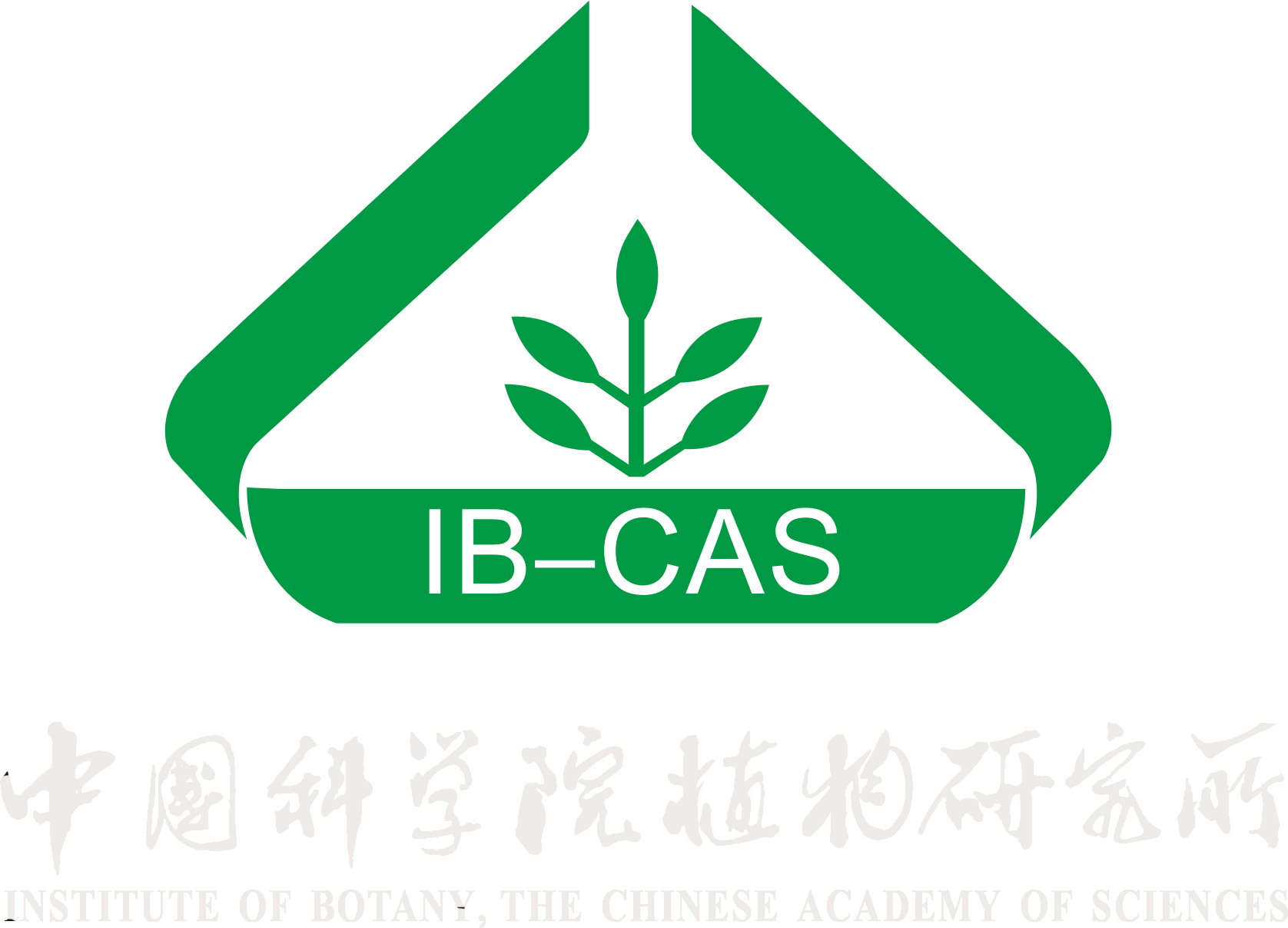2025
Increased microbial carbon use efficiency upon abrupt permafrost thaw
Soil carbon (C) dynamics upon permafrost thaw represents a major uncertainty in climate projections. Both soil C loss and formation in permafrost regions are mediated by microorganisms, and the balance of these two processes could be characterized by a synthetic metric termed microbial carbon use efficiency (CUE, defined as the ratio of C used for growth over C uptake). However, how microbial CUE responds to permafrost thaw remains unclear due to the lack of direct experimental evidence. Here, based on an ~27 y permafrost thaw sequence and five additional thermokarst-impacted sites across the northeastern Tibetan Plateau, we investigate the response of microbial CUE to abrupt permafrost thaw using a substrate-independent 18O tracing approach. Results from the thaw sequence and additional sites at the regional scale consistently reveal that topsoil (0 to 10 cm) microbial CUE increases after permafrost collapse as a consequence of accelerated growth. The elevated microbial growth and CUE are driven by the alterations in microbial communities with larger ratio of fungal to bacterial biomass and more copiotrophs. In addition, the increased soil phosphorus availability could also promote microbial growth and CUE. These results highlight that the higher microbial CUE upon abrupt permafrost thaw would potentially enhance soil C stability by promoting the deposition of microbial-derived C into soil. Earth system models should thus explicitly characterize microbial CUE and its drivers to accurately predict permafrost C-climate feedback.


